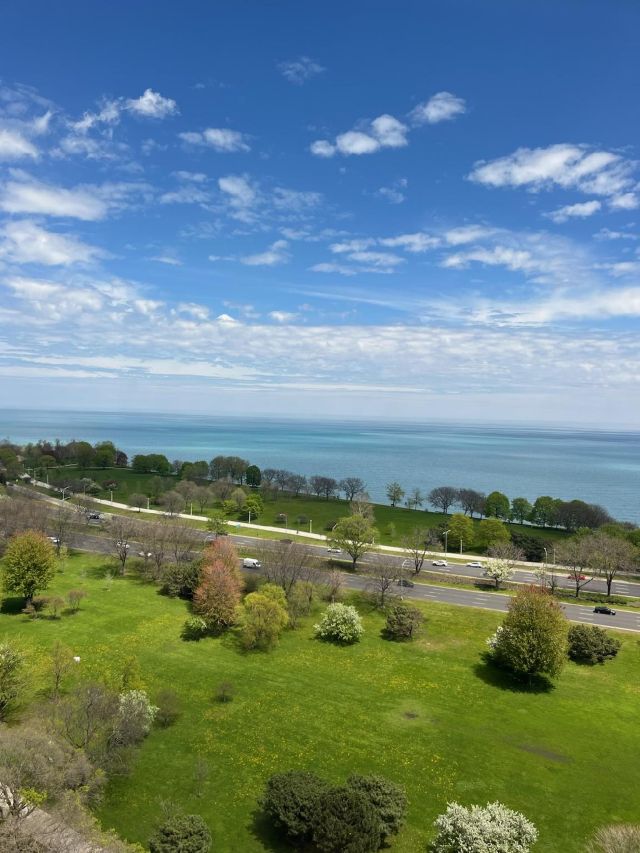Carp to be removed, turned into compost
Published 5:00 am Thursday, October 23, 2008
SALT LAKE CITY — A few farmers this winter will get a boost for their soil: millions of pounds of unwanted carp pulled from Utah Lake.
In the coming weeks, a commercial fishing business will begin removing carp from the lake as part of a $500,000 contract to remove 2.5 million pounds of the fish over six months.
The carp are being removed to help save the rare and endangered June sucker, a fish that lives nowhere else except Utah Lake and its tributaries.
Most of the carp will be trucked to nearby farms for use as compost, said Mike Mills, the coordinator of the June sucker recovery program.
If the program is successful, supporters hope to ramp it up and remove 5 million pounds of carp each year — the amount that biologists figure will make a significant enough dent to help the imperiled sucker.
When carp feed along the lake bottom, they rip out the weeds, which provide important hiding places for young June suckers. Without them, the suckers, which can grow up to 2 feet long, are easy food for hungry predators such as bass and walleye.
Already more than $39 million has been spent to save the June sucker — listed as an endangered species since 1986 — but no serious progress will be made until most of the carp are gone, wildlife managers said.
Disposing of the carp
Getting the carp out of Utah Lake is one thing. Figuring out what to do with them next — aside from tossing them into a landfill — is another.
“That’s going to be a constant issue for us because there are so many fish we’re pulling out of there,” Mills said.
A long list of ideas has been considered: grinding the carp up for fish meal, selling them to restaurants and even converting them for use as biofuel.
Richard Kellems, a professor at Brigham Young University, will use some of the fish caught this winter in an experiment to create “carp meal” for trout at Utah’s hatcheries.
Finding larger markets for the fish has been tricky because large quantities have not been pulled out and made consistently available, he said. The upcoming removal project will help show whether that’s possible.
“Once they prove there’s a consistent supply of carp, I think you’ll see things start to happen,” Kellems said.
There’s already been interest from some hoping to serve it in restaurants. Business owners from New York recently visited the lake, checked out the carp and even cooked up a meal at the local Division of Wildlife Resources office.
“They were satisfied with the product,” said Reed Harris, the director of the June Sucker Recovery Implementation Program, a state and federal effort to save the endangered fish.
The biggest problem for selling the fish for human consumption is pollutants in the lake.
In 2006, state health officials warned against eating too much Utah Lake carp. PCB levels in the fish exceeded Environmental Protection Agency standards but not those set by the Food and Drug Administration.
Researchers are evaluating ways to remove the toxic PCBs from liquefied carp so the fish meet consumption guidelines.
One of the ultimate goals is to sell enough carp to defray the costs of removing them from the lake.
“We really would like someone to come in and claim them all,” Harris said.
Under the proposed contract, Provo-based Loy Fisheries would be paid 20 cents for each pound of carp taken out of the lake. The state is paying for the six-month contract.
The fish will be removed with a net dragged between two boats. Harris said officials will monitor for “by-catch” — fish other than carp that are caught up in the nets — and those will be tossed back.
Work is expected to get under way in the coming weeks and last through the winter. Fishing tends to be better in colder months because carp tend to congregate in cooler temperatures and are easier to target with the nets.






